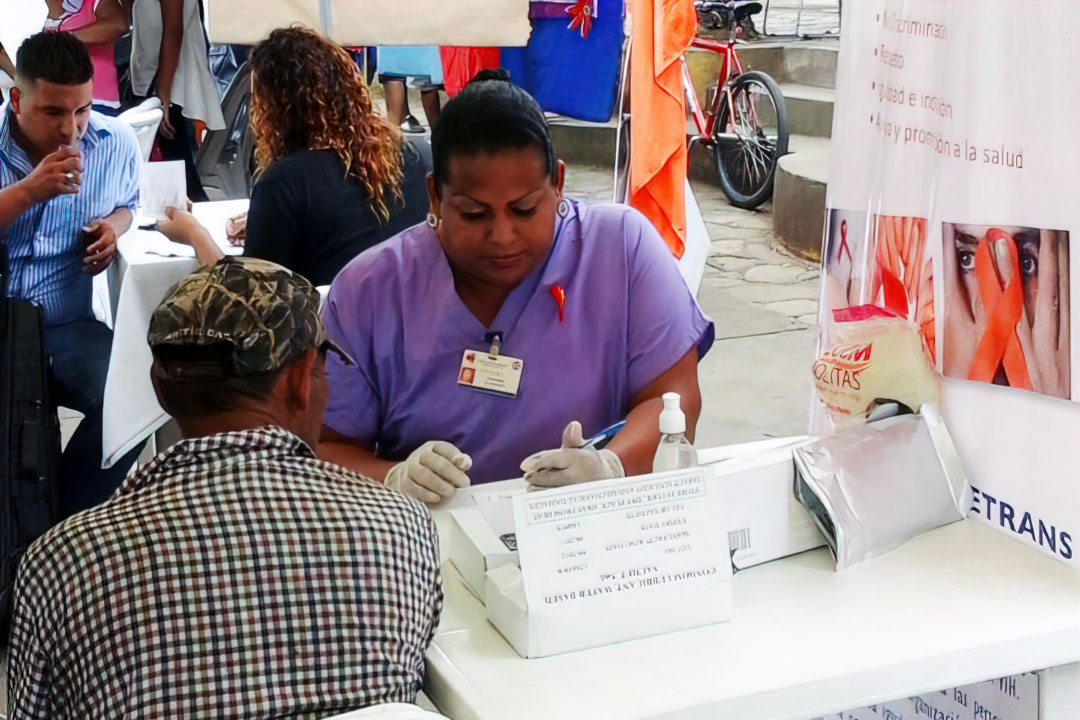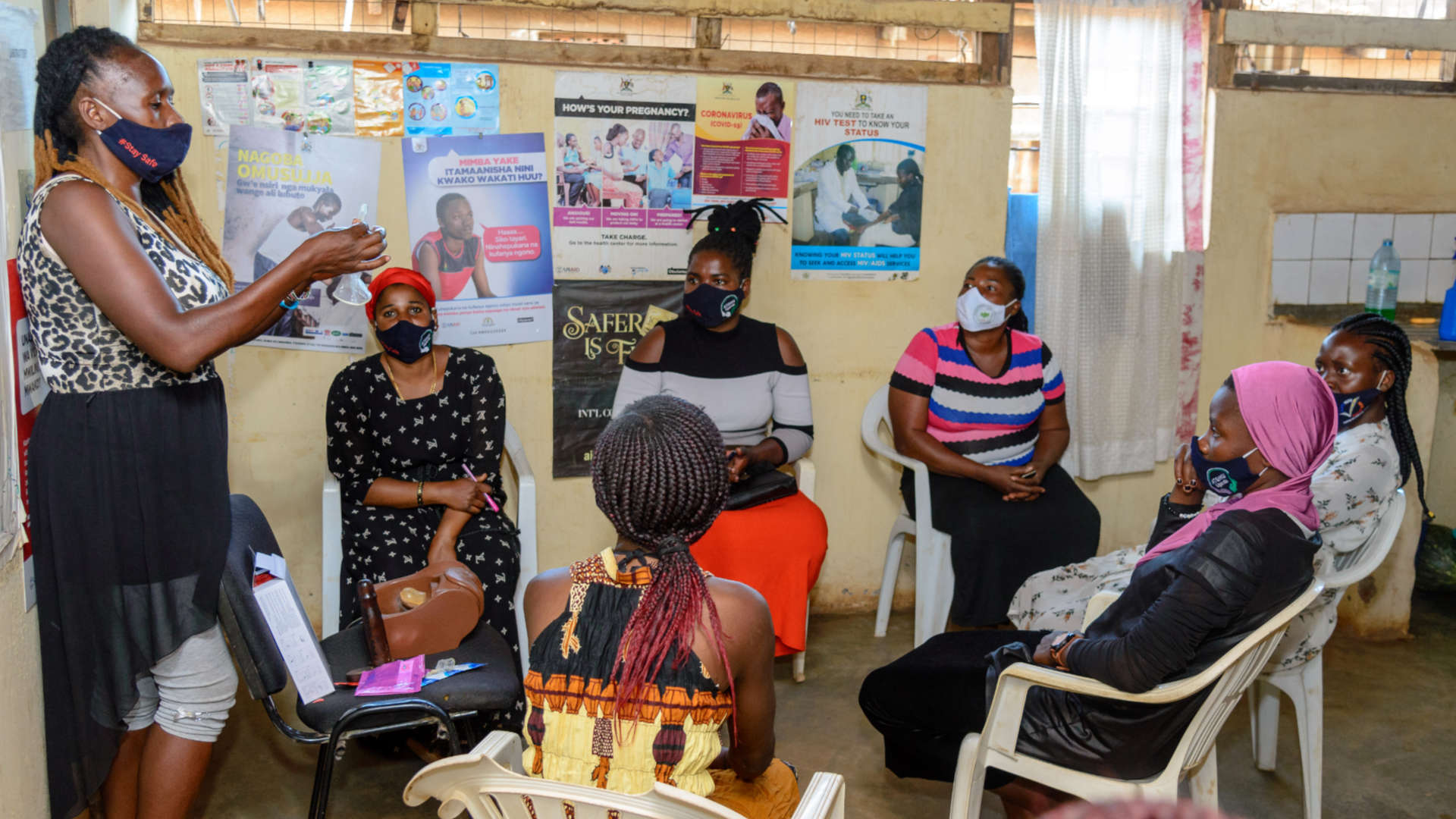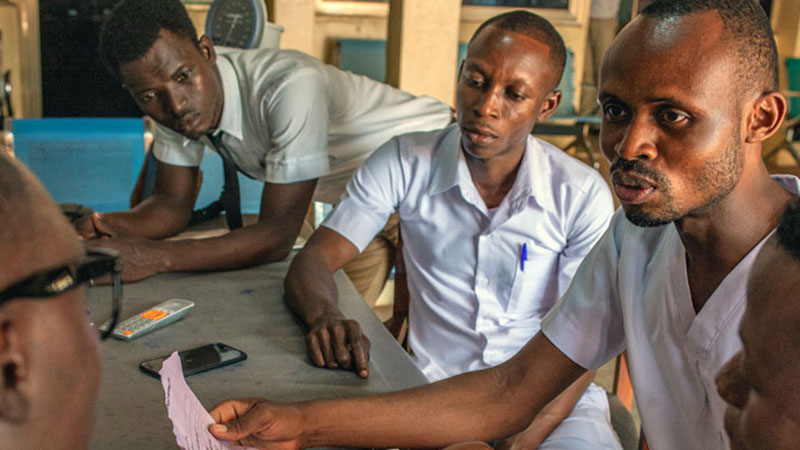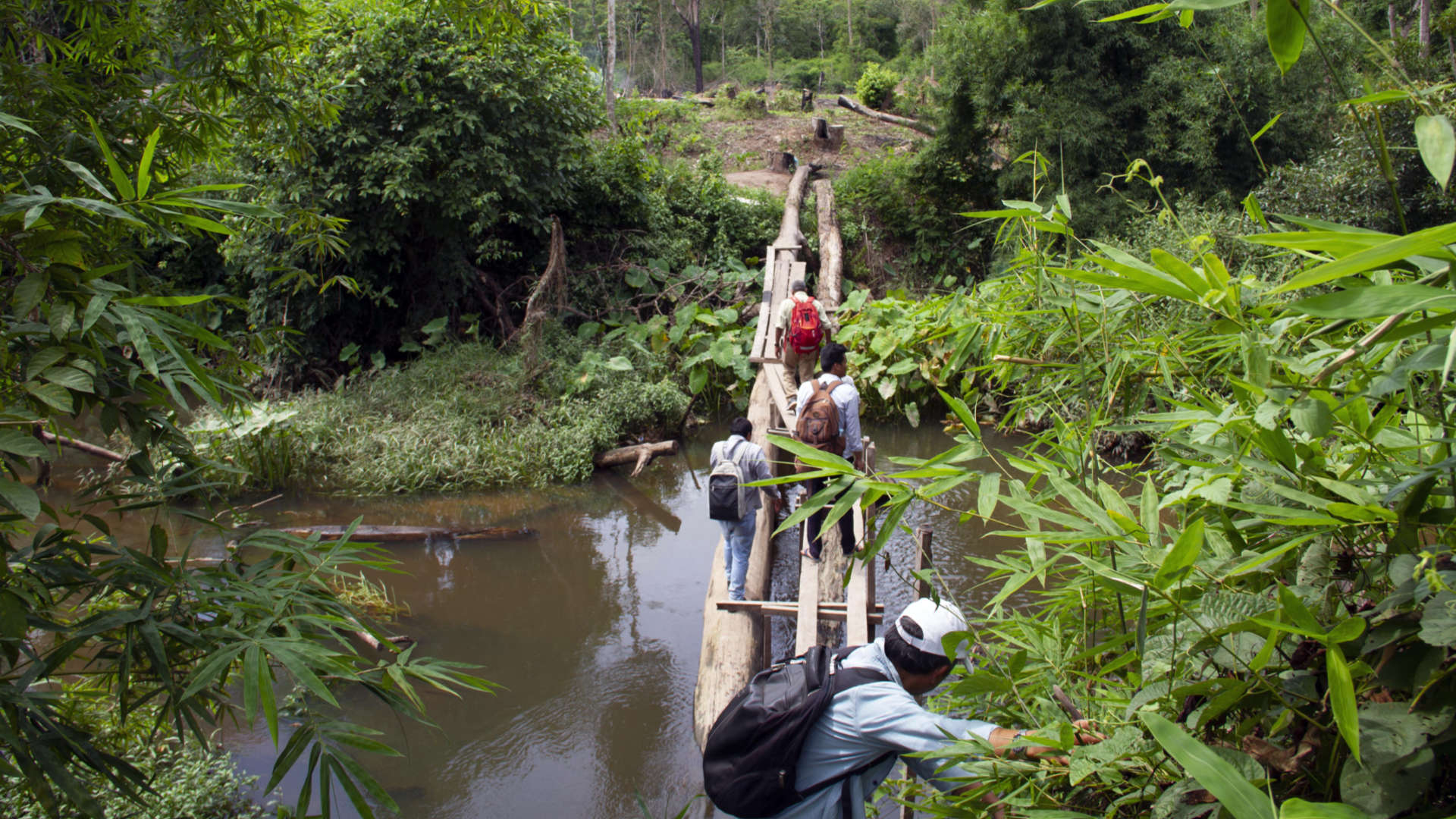
Samson Kironde
Senior Technical Advisor, HIV/AIDS
We are tantalizingly close! As the PEPFAR 2018 Annual Report shows, HIV/AIDS data from the highest-burden countries show significant progress towards achieving epidemic control – that ‘tipping point’ where the number of new HIV infections falls below the number of deaths from all causes for people living with HIV (PLHIV). The global community has a unique opportunity to break a pandemic – one that only two decades ago was ravaging entire communities in sub-Saharan Africa – without a vaccine or a cure in sight.
HIV has exacted a terrible toll on humanity. As of 2018, almost 80 million people have been infected with the virus, more than half of whom have died from AIDS-related complications. Fortunately, the advent of effective anti-retroviral therapy (ART) and the rollout of highly successful global programs such as the U.S. President’s Emergency Plan for AIDS Relief and the Global Fund to Fight AIDS, Tuberculosis, and Malaria provided reprieve, hope, and success in battling the disease.
Today, almost 60 percent of the 37 million PLHIV globally receive life-saving ART. Many of the most HIV highly-burdened countries are on the cusp of achieving the 90-90-90 target for 2020, where 90 percent of their PLHIV are diagnosed, 90 percent of those diagnosed are on ART, and 90 percent of those on ART have viral suppression.
Reaching Vulnerable Populations is Key to Reducing New HIV Infections
Despite this success, almost 1.8 million new HIV infections still occur annually, especially among key and vulnerable populations (KVPs) that include but are not limited to:
- Adolescent girls and young women;
- Men who have sex with men;
- Commercial sex workers and their clients;
- Fisherfolk;
- Transgendered persons; and
- People who inject drugs.
In most countries, KVPs tend to have higher HIV prevalence rates than the general population. Therefore, targeted and at-scale interventions for KVPs are paramount given the commonly overlapping sexual networks between them and the general population and the fact that in many countries certain KVP groups cannot openly express their identities. Reaching most-at-risk groups remains a challenge in many high HIV-burden countries. This is due to a number of factors, including:
- Ostracizing socio-cultural norms that target some KVP groups;
- Punitive national laws and policies that make it hard for members of some KVP groups to access health care,
- A lack of client-friendly and at-scale services – especially for adolescent girls and boys – that provide effective reproductive and HIV health services tailored to needs and convenience;
- Underlying socio-economic, societal, and gender inequities; and
- Poor health seeking behaviors due to stigmatization and fear.
These factors and others often result in many KVPs remaining undiagnosed for HIV and therefore not accessing ART services until it is too late.
‘Business as Usual’ Programs Will Not End HIV
Achieving the next global target – 95-95-95 by 2030 – will require concerted efforts to diagnose, treat, and support more KVPs. This ‘last mile’ programming is not easy and involves not the ‘one size fits all,’ ‘business as usual’ interventions we have employed for generalized epidemics, but rather focused, tailored, and innovative approaches that: foster trust from KVPs; seek for their safe and active involvement; provide safe, flexible, differentiated, and enabling environments that improve health seeking and treatment retention; and above all, promote equity and advocate for policies that are non-discriminatory and non-stigmatizing.
University Research Co. LLC (URC) is supporting activities to reach KVPs through, among other projects, the USAID Regional Health Integration to Enhance Services in East Central Uganda Activity (RHITES-EC) Project in Uganda. Since 2016, RHITES-EC has supported targeted outreach to fisherfolk, commercial sex workers, and other vulnerable community members who reside on remote islands within the Sigulu archipelago in Lake Victoria. Through these outreach efforts – which often involve week-long visits from mainland health teams – the project has reached nearly 14,000 KVP members with HIV testing, condom education and distribution, sexually transmitted infection screening and treatment, tuberculosis screening, family planning, cervical cancer screening, ART initiation, and treatment and monitoring for HIV-positive individuals, among other services.
Despite the often-itinerant behavior of fisherfolk and commercial sex workers on these islands – who seasonally tend to move between islands and to different mainland landing sites in search of better fishing and financial opportunities – 1,788 PLHIV have been identified from a community of almost 34,000 islanders, of whom 1,107 are on ART with viral suppression rates ranging from 65-88 percent on the two biggest islands.
Challenges remain with keeping highly mobile PLHIV adherent to treatment. To mitigate this, RHITES-EC supports trust-building discussions with KVP members, strengthening of peer-to-peer support mechanisms, providing multi-month drug scripting and for follow-up purposes, and maintaining working relationships with HIV treatment centers on the mainland in the communities that KVPs from the islands are known to most often relocate to.
Successfully reaching and maintaining KVPs on treatment is fraught with difficulties, thus our programs continually innovate, learn, and adapt best practices depending on the contextual setting to ensure that the 95-95-95 goal for KVPs is reached and retained. These sustained, adaptive efforts are our best hope to end the HIV epidemic in our lifetime.



